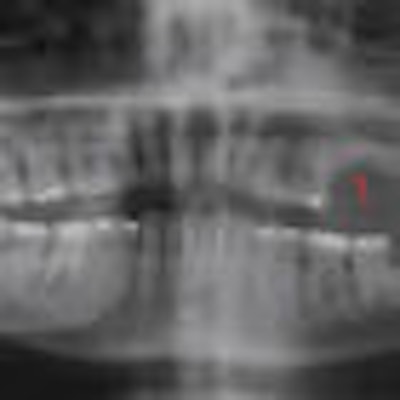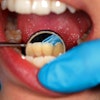
A five-year, $30-million undertaking called the FaceBase Consortium launched last week with the goal of compiling data on every aspect of how the craniofacial region develops and how malformations occur.
Steven B. Scholnick, Ph.D., who administers FaceBase at the National Institute of Dental and Craniofacial Research in Bethesda, MD, is confident the multidisciplinary consortium will change the way experts approach the problem of craniofacial birth defects, he told DrBicuspid.com.
"The project will assemble a large and very comprehensive body of data that allows researchers to get a global perspective on the developmental process, to better understand the interactions between different signaling and regulatory pathways, to more rapidly identify and characterize genes contributing to craniofacial dysmorphies, and generally expedite the experimental work of labs outside of the consortium," said Scholnick.
Eleven research and technology grants were issued last week to kick off FaceBase. The projects that are being funded delve deeply into the nitty-gritty of how the face is built. They include creating a genome-wide atlas of craniofacial transcriptional enhancers, searching for genetic loci that influence the risk of developing a cleft lip/palate, and analyzing normal facial variation in three dimensions.
"We envision that the projects will mutually reinforce each other to potentially yield clinically relevant information," explained Scholnick. "For example, once the researchers who are looking for genetic loci linked to the development of cleft lip/palate identify likely regions, they can turn to the gene-expression atlases being developed by another of the teams to see which genes in those genomic regions are expressed in the reelvant tissues at the right time during development -- making them the highest priority for confirmation studies. And so on, back and forth from one team to another."
However, Scholnick has a realistic perspective on just how many layers of craniofacial biology will be fully elucidated by FaceBase.
"Science, especially biology, is way more complicated than that. Good science is expansive, it raises as many questions as it answers," he said.















